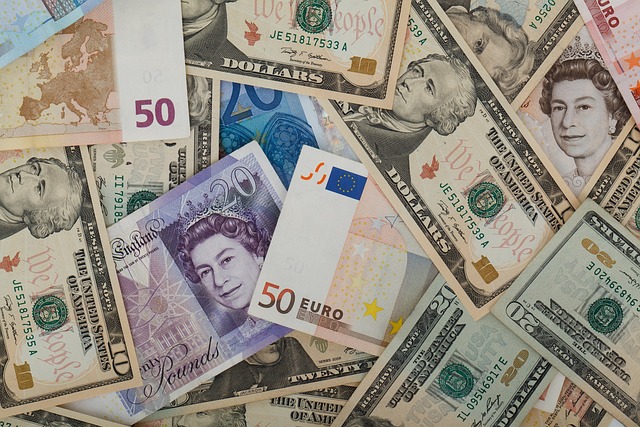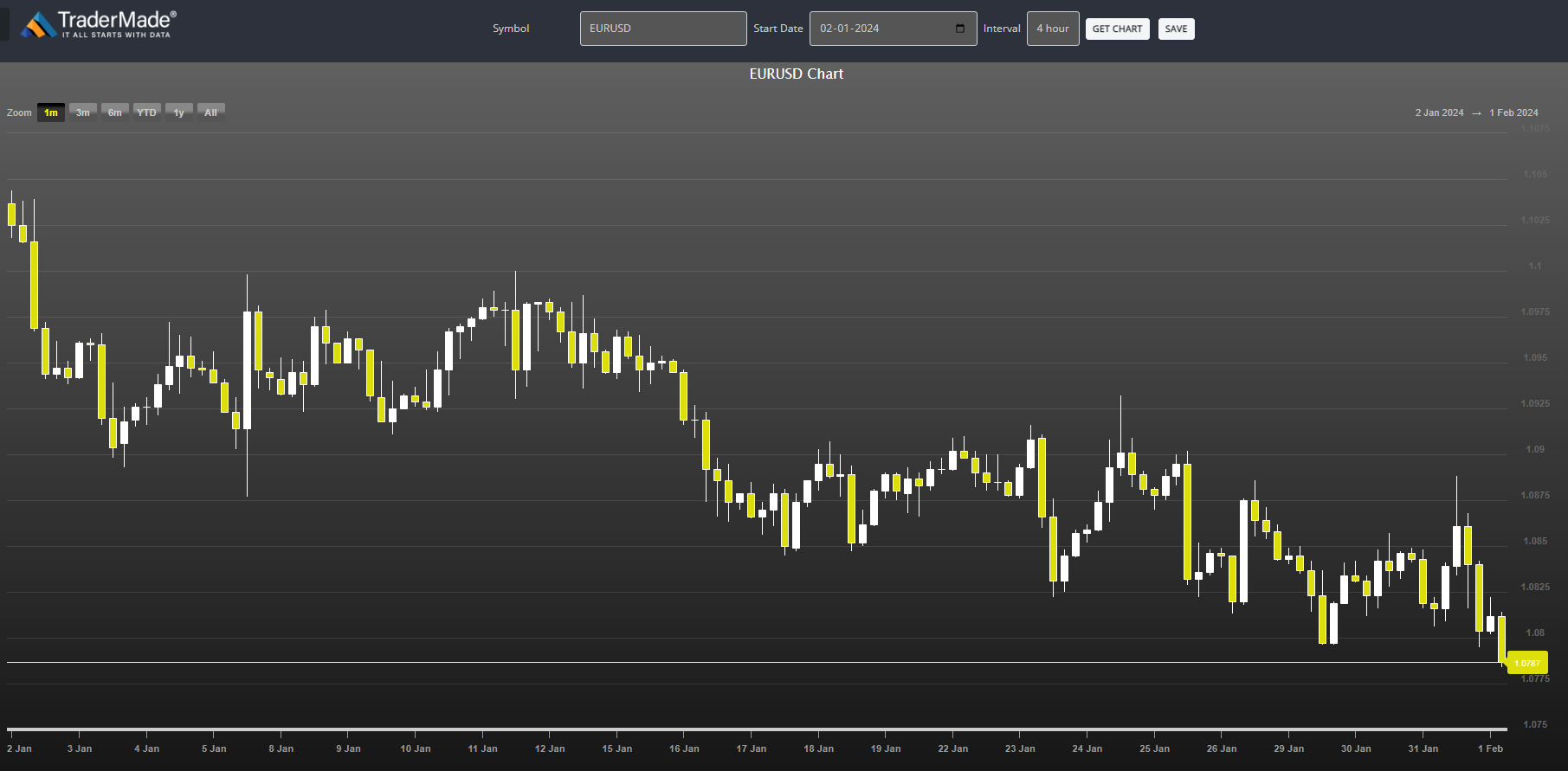
Greenback Strengthens As Expectations For Early Fed Ease Fade
London: 1 February 2024 (TraderMade): Forget the March thaw - the dollar's experiencing a February heatwave! Fueled by Fed Chair Powell's surprise cold shoulder to early rate cuts, the greenback's climbing near a 7-week peak, leaving the euro shivering. But wait, there's more! The Bank of England weighs in later today, and the yen finds solace in safe-haven havens.
Key Takeaway
- Greenback Strengthens Near 7-Week Peak.
- Powell's Statement Dampens Rate Cut Expectations.
- Euro Slides Amid Shifted Market Outlook.
- Sterling Awaits BoE Decision.
- Yen Finds Support Amid Declining US Treasury Yields.
- May Meeting Seen as Realistic for Fed Rate Cuts.
- Regional Bank Issues and Risk Appetite Influence Market Direction.
Greenback Near Peak
The US dollar continues its ascent, hovering near a seven-week high against the euro. This surge comes after Federal Reserve Chair Jerome Powell downplayed the possibility of a March interest rate cut, surprising markets and shifting expectations towards May.

EURUSD: Taking a Tumble in January
The above EURUSD chart shows the pair’s trajectory over the last month. The Euro (EUR) took a beating against the US Dollar (USD) throughout January, losing roughly 2.5% over the month. Here's a breakdown of the key points:
- Starting High: EURUSD began the month strong, hitting a high of 1.1044 on 2 January.
- Early Slide: The pair witnessed a steady decline, finding its first low of 1.0877 on 5 January.
- Brief Resurgence: A modest recovery pushed the pair back up to 1.1 by 11 January - but failed to hold.
- Slipping Further: EURUSD experienced further losses, sinking to a low of 1.0822 by 23 January.
- Month-End Wobble: Despite a slight climb to 1.0888 on 31 January, the pair currently trades around 1.0784, near its monthly low.
Overall: The downward trend seems to continue, and the current live price suggests further weakness for EURUSD.
Possible Factors
- Divergent Monetary Policy: The Federal Reserve's hawkish stance compared to the ECB's accommodative approach may strengthen the USD.
- Risk Aversion: Global economic uncertainties might drive investors towards the safe-haven USD.
- Technical Analysis: Technical indicators might also suggest a bearish outlook for EURUSD.
Powell Pours Cold Water on Early Cuts
During a press conference, Powell explicitly stated that a rate cut in March was "not the base case" - dampening earlier market projections. This unexpected stance triggered a reassessment of Fed policy, bolstering the dollar.
Euro Feels the Chill
The euro, a key rival to the dollar, bore the brunt of this shift. It slid towards its weakest level since 13 December, reflecting the market's revised outlook on Fed action.
Sterling on Standby, Eyes Fixed on BoE
Across the pond, the British pound remained relatively steady ahead of the Bank of England's policy decision later today. However, investors are keenly awaiting any hints regarding the potential timeline for UK rate cuts, with June currently being the market's favored target.
Yields Guide the Yen
While the dollar reigned supreme, the Japanese yen managed to find some solace. This stemmed from a decline in US Treasury yields, triggered by concerns surrounding the financial health of a regional US bank. This flight-to-safety sentiment supported the yen, a traditional safe-haven asset.
May Beckons for Rate Relief
Despite the dollar's current strength, analysts acknowledge that the May meeting may be a more realistic timeframe for Fed rate cuts. This sentiment and ongoing global economic uncertainty could influence the dollar's future trajectory.
Regional Jitters and Risk Appetite
The ongoing saga with the US regional bank and broader risk sentiment towards global economic conditions will likely influence the market direction in the coming days.


